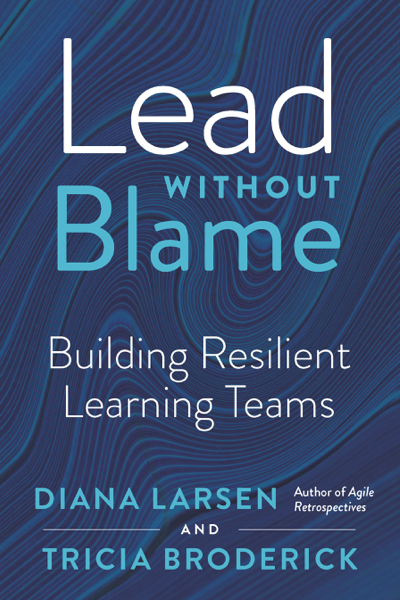One of my primary speaking sessions lately is centered around helping people start learning through experiencing and not being told. I’ve enjoyed this session and the results so much that I’m going to do a series of posts that highlight an exercise and how you might leverage it. Plus, this will force me to retire this session by the end of 2018 (always challenging myself too!).
This second exercise I’m labeling ‘Non-Visual Counting’. I got this idea from an improv session conducted at the St. Louis Midwest Agile Day by Wayde Stallmann. He did a version of this for a completely different purpose (also valuable, but this was what gave me the idea).
Facilitator Exercise Instructions (note: obviously feel free to put this into your own words):
- Provide attendees initial instruction.
“In groups of 4-6, get into a close circle. The goal is to randomly count to 20. The constraints include: no looking at each other, no visual cues of who is going to speak, no patterns. If two people say a number at the same time, everyone yells “ugghhh” and starts over. If your team gets to 20, celebrate.” - Watch for constraints being violated. You’ll hear echoes of “ugghhh” and laughter. You may or may not get someone to celebrate before time runs up. Typically, I will let people try for a 3-5 minutes.
- Provide attendees next instruction.
“What was that experience like?”- Common responses will include: Fun, Frustrating, Challenging, Determined, Fast, Rewarding (if they celebrate)
- Provide attendees next instruction.
“How does this relate to our work (team)?”
Key points that can be leveraged from this exercise:
The most common key point I make here is that teams really need to listen to work together. That we rely too much on words when our teammates are sharing information in other forms too. This ties really well with global level of listening.
An alternative point that I’ve made with this exercise is associated to the art of failing and moving on together as a team. The act of exaggerating “uggghh” and quickly starting over removes the “oh no, I failed” to we failed, let’s move on.
The amazing part of doing this exercise with a discussion afterwards rarely leads me to making the key points. They do! In fact, frequently, I’ve had one key point to make and yet so many other wonderful learnings came from the discussion…impacts to the team, experiments they could do, etc.
What key point would you leverage from this simple exercise?




